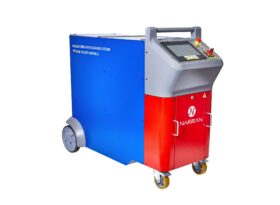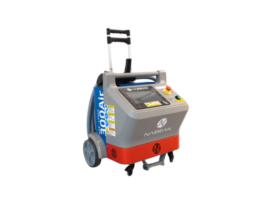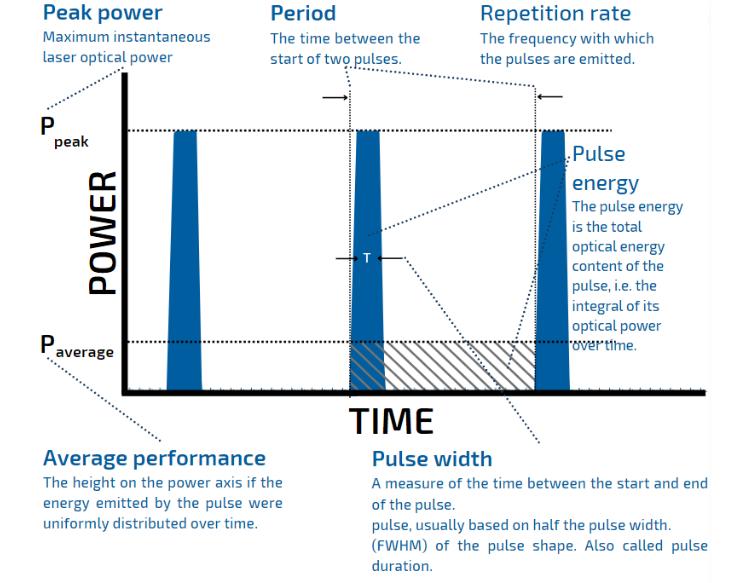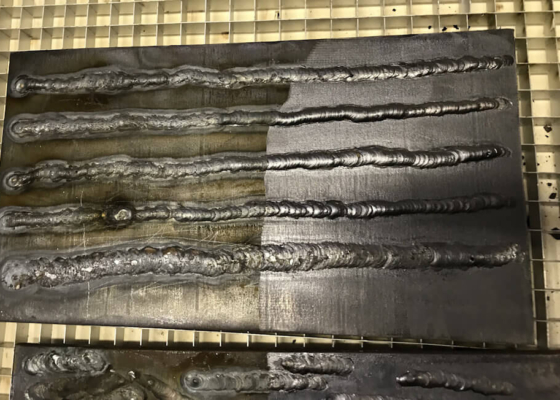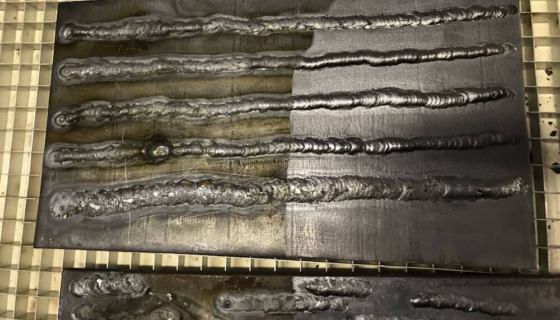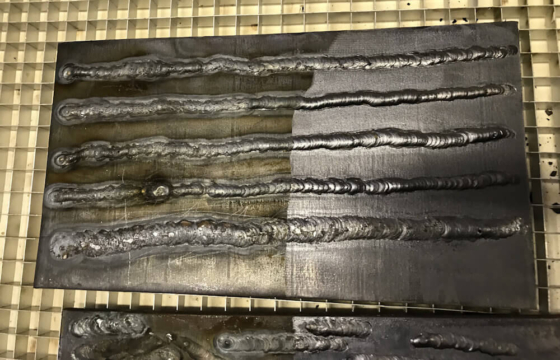Laser cleaning of vacuum chambers
Laser cleaning as a method for maintaining vacuum chambers in the semiconductor and optical industries. It enables gentle and precise removal of contaminants without the need for disassembly or the use of chemicals.
Laser cleaning is increasingly used in the maintenance and servicing of vacuum chambers, especially in the semiconductor and optical industries, where the cleanliness of the environment and components is absolutely crucial. Thanks to its precision, gentleness, and contactless principle, laser cleaning has become a cost-effective alternative to conventional methods such as mechanical or chemical cleaning. Vacuum chambers used in experimental apparatuses must meet strict requirements for internal cleanliness. Even microscopic amounts of contaminants – e.g. oxides, carbon layers, or organic residues – can negatively affect: -Achieving the required vacuum level. -The quality of measurements or interaction with laser beams. -The reactivity of the surface during further procedures (e.g. deposition, sputtering).
Laser cleaning enables targeted removal of contamination without the need to disassemble the chamber and without the use of abrasive or chemical agents, which are generally unacceptable in such sensitive environments.
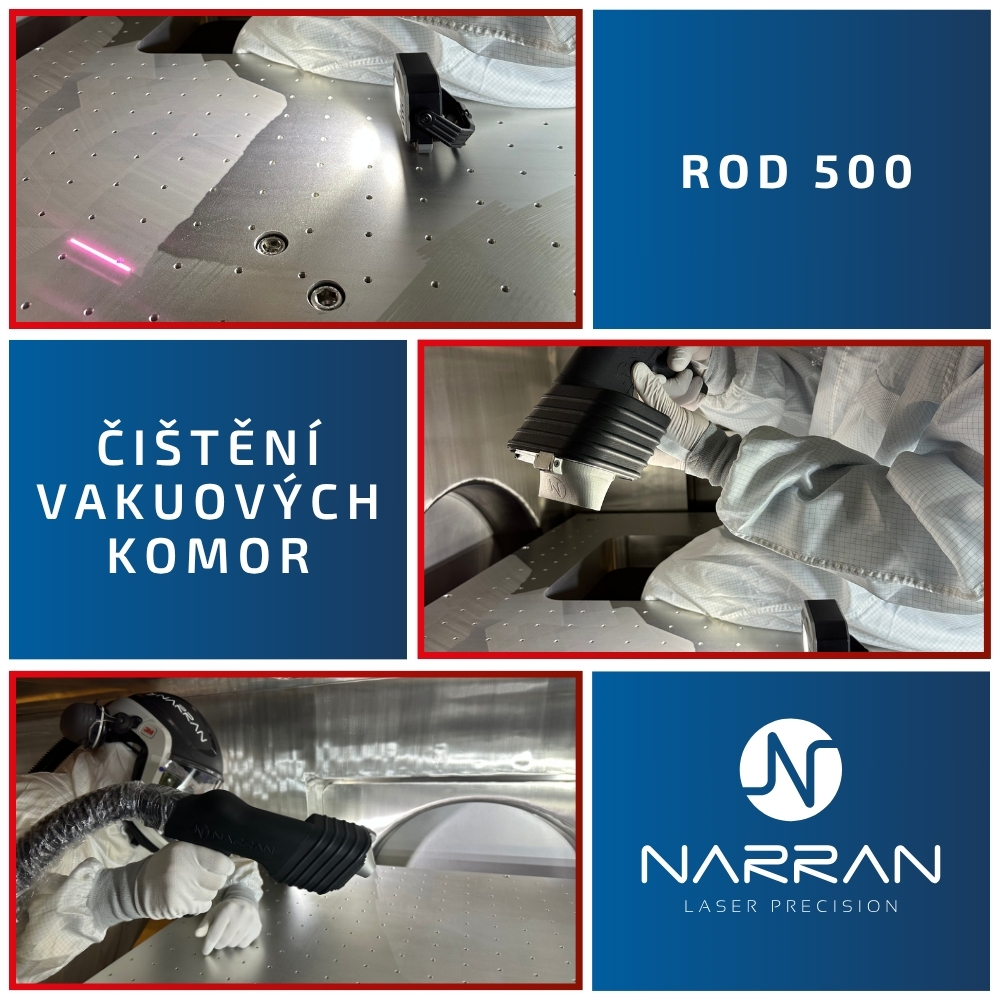
The video below shows the application of the ROD 500 laser system for precise cleaning of a large vacuum chamber in a highly controlled scientific environment.
The aim was to remove surface oxides and minor contaminants that could negatively affect vacuum parameters and the course of sensitive experimental operations. Thanks to laser technology, the chamber could be cleaned quickly, contactlessly, and without the use of chemicals – in a way that is gentle on surfaces and the surrounding environment.
Laser cleaning enabled achieving a higher level of cleanliness and shortening the evacuation time of the chamber, which contributes to the stability of experimental conditions and increases the repeatability of measurements.
Použitá technologie
Laser cleaning was adapted to the specific requirements for achieving high surface cleanliness in the vacuum chamber – removing thin oxide layers, fine particles, and residual organic contaminants that could negatively affect evacuation parameters and the stability of experimental conditions.
The process mechanism consisted of controlled ablation of contaminants through the interaction of a pulsed laser with the surface, while the underlying substrate remained completely intact without any heating or structural changes.
The project used the ROD 500 pulsed laser system with these parameters:
| Average power | 500 W |
| Pulse energy | 100 mJ |
| Pulse duration | 100-150 ns |
| Wavelength | 1064 nm |
Typical materials suitable for cleaning
Laser technology is fully compatible with materials commonly used in vacuum equipment construction:
- Stainless steel (e.g. AISI 304, 316)
- Aluminium and its alloys
- Copper
- Titanium
- Optical substrates (e.g. SiO₂, Al₂O₃)
Removed contaminants
Laser is effective for targeted removal of the following types of impurities:
- Oxidised metal layers – e.g. Cr, Ti, Cu
- Organic deposits – lubricants, polymers, cleaning agents
- Carbonisation and soot
- Fine particles and oxidation formed during operation or previous cleaning
Advantages over traditional methods
| Laser cleaning | Traditional methods |
|---|---|
| Contactless, non-invasive process | Risk of surface damage |
| No use of chemicals | Environmental burden, need for neutralisation and disposal |
| Local, precisely controlled treatment | Inefficient overall action |
| Can be applied in-situ without disassembly | Often requires disassembly of the whole unit |
| Repeatability, possibility of automation | Results dependent on the operator |
Cleaning parameters – individually adjustable
Modern laser cleaning systems allow process optimisation according to specific applications:
- Laser power and frequency – determine interaction speed and depth
- Scanning speed and density – affect treatment uniformity
- Beam type – top-hat, Gaussian, and others according to precision requirements
- Pulse duration – suitable choice for sensitivity to delicate layers
Application gallery









Související stroje
